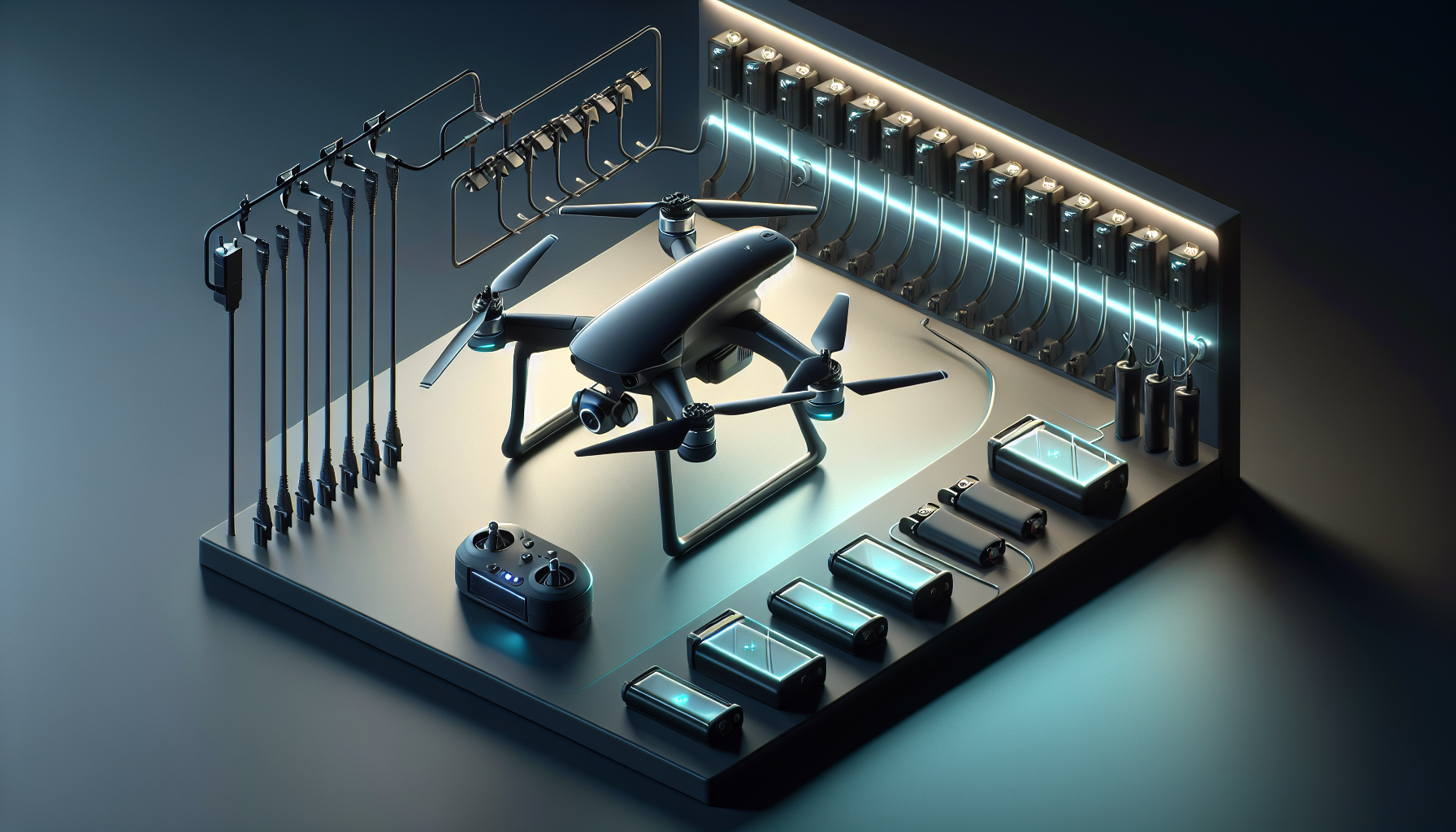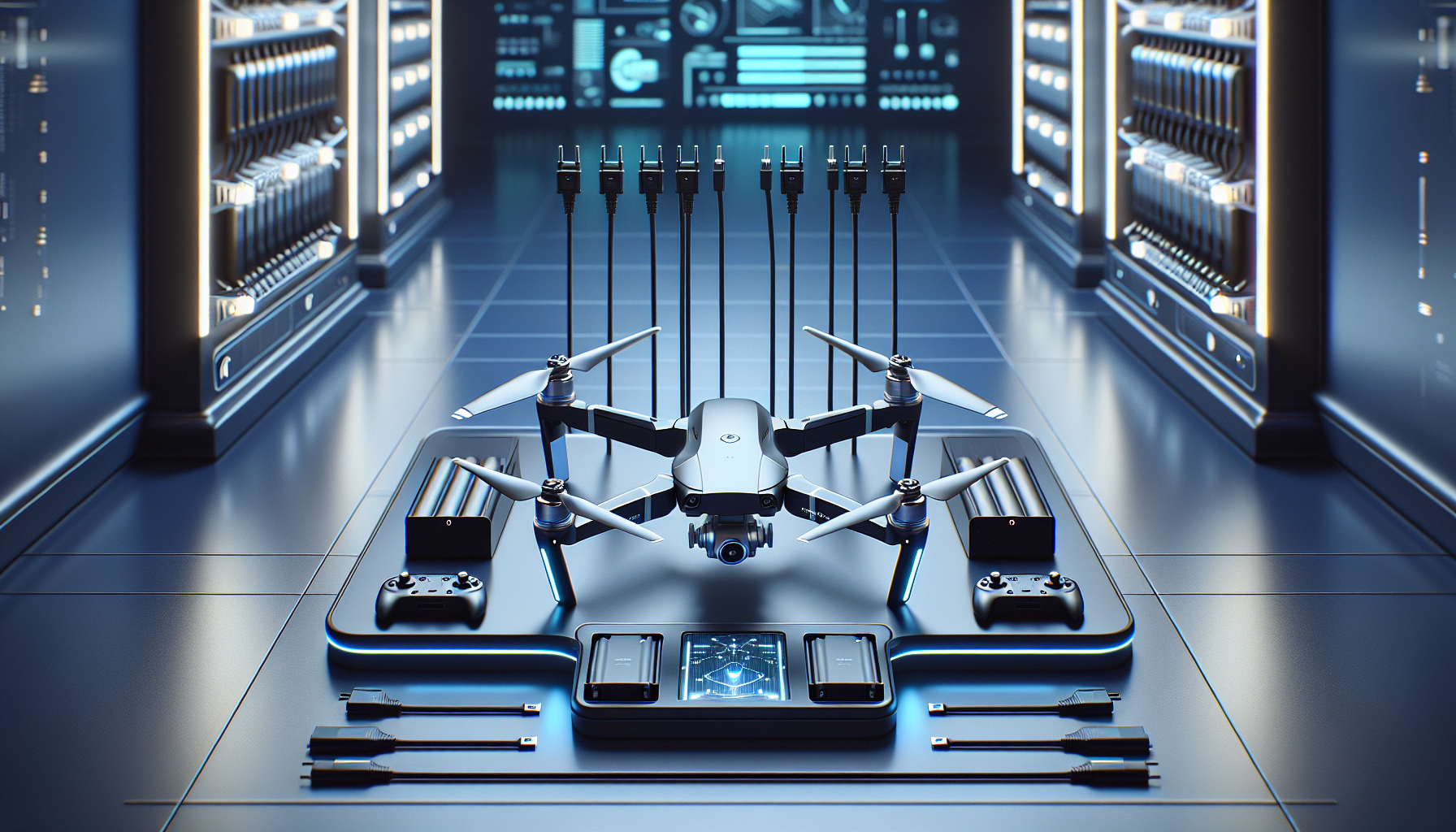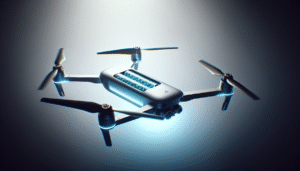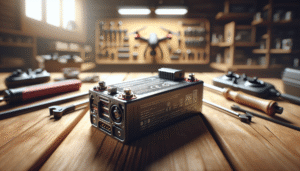Many people wonder about the best practices for safely charging their drones. You’re certainly not alone. As someone who has dabbled in the world of drones, I can assure you that charging them safely is essential to maintaining their longevity and performance. Today, let’s chat about a topic that’s as crucial as air itself for drone enthusiasts: the safe drone charging checklist that every pilot must have in their back pocket—not literally, of course, because that might endanger the said checklist.

Understanding Drone Batteries
Types of Drone Batteries
First things first, let’s talk about the types of batteries our beloved flying machines typically use. If you’ve ever peeked under the hood of your drone, you’d know that it’s not an ordinary AA battery that keeps it afloat. Most drones, including yours, rely on Lithium Polymer (LiPo) batteries. These batteries are popular due to their lightweight nature and high energy output. However, they’re also a bit like my Uncle Bob during the holidays—unpredictable. Handle them with care, and they’ll be your best friend; neglect them, and you might find yourself dealing with issues.
The Science Behind Charging
When it comes to charging, understanding the chemistry behind these batteries is pivotal, much like understanding why I can’t keep a houseplant alive. LiPo batteries consist of multiple cells, and if one cell charges faster than another, the risk of damage increases. Who knew charging could be as dramatic as a soap opera?
The Safe Charging Checklist
1. Choose the Right Charger
Picking the correct charger is akin to selecting the right shoes for an event. It might seem trivial, but it can make a world of difference. Ensure your charger is specifically designed for LiPo batteries. It needs to come with balanced charging capabilities to prevent overcharging any individual cell, which is crucial in extending battery life.
2. Monitor Charging Temperature
Have you heard the saying, “If you can’t stand the heat, get out of the kitchen?” Your battery feels the same way about charging. Maintain a stable room temperature environment—too hot or too cold, and you might find yourself with a moody battery on your hands.
| Temperature Range | Effect on Battery |
|---|---|
| Below 0°C (32°F) | Risk of performance issues |
| 0°C – 40°C (32°F – 104°F) | Optimal charging range |
| Above 40°C (104°F) | Risk of overheating |
Stay within the golden range, and your battery will thank you by not erupting like an angry volcano.
3. Charge in a Safe Location
Speaking of volcanoes, let’s not barricade the battery in a location where catastrophic events could lead to more than a singed eyebrow. A fireproof location, such as a cement floor or metal table, is ideal for charging. And if you’re anything like me, remember not to charge it on your wooden dining table—I don’t want you to learn that the hard way.
4. Use a Fireproof Bag
You know those fireproof bags that look like an odd combination of a briefcase and a lunch bag? They’re not just fashion statements. When you charge your drone battery, placing it inside a fireproof LiPo bag can prevent lots of headaches and singed curtains if things go south.
5. Avoid Overcharging
Overcharging is the mortal enemy of battery health. It’s like when you overdo a dessert buffet—bad things happen. Always, and I mean always, keep an eye on the charging process. This ensures the battery stops charging when it hits 100%, preventing stress and possible cell damage.
6. Check Battery Condition Regularly
Treat your drone battery like you’d treat a houseplant—not just mine, hopefully—but one that’s thriving. Regularly check for swelling, punctures, or any sign of distress. The moment you spot anything unusual, it’s time for a replacement. Better safe than sorry, right?

Post-Charging Practices
Storage and Handling
Once your drone is fully charged, storing it correctly is the next step in your battery-maintenance journey. Store it in a cool, dry place away from direct sunlight, much like preserving my grandmother’s antique vase collection.
Regular Usage
Always aim to discharge your drone’s battery through regular use if it’s been sitting idle for too long. It’s like exercise for the batteries—they need it, or else they become sluggish and difficult, among other things.
Battery Disposal
Lastly, we can’t forget about disposal. If your battery has reached the end of its lifecycle, dispose of it responsibly. Many local electronic shops will gladly take them off your hands and ensure they’re recycled properly. Don’t toss it in the trash, because like me in an unfamiliar karaoke bar, it doesn’t belong there.
Additional Tips for Beginners
Stay Informed
Advancements in technology mean that there’s always something new to learn. Participate in forums, watch videos, or, if you prefer, read more articles like this one—you’d be surprised at what little tidbits you pick up.
Experiment Wisely
Once you’re comfortable, experiment with different brands and types, but always come back to our trusty checklist. Much like a favorite pair of jeans, it never lets you down, even if you stray occasionally.
Common Charging Mistakes
Forgetting to Unplug
We’ve all been guilty of forgetting to unplug a device or two—hello, my leftover dinner in the microwave!—but doing so with a drone battery can be a big no-no. Set a timer if you must, but don’t let it stay overnight at the charging station.
Mixing Battery Types
Mixing battery types is a common pitfall, especially when you own multiple drones. Stick with what works for the drone you’re using, instead of trying to reinvent the wheel with incompatible setups.
Conclusion
So, there you have it—a comprehensive checklist on safely charging your drone batteries. Think of this as a collaboration between our mutual love for drones and my penchant for not setting things on fire. We’ve covered the essentials, from battery types and chargers to precise dos and don’ts during charging. With the right knowledge and precautions, you’re free to fly your drone with peace of mind, preserving not just the battery’s life, but also, perhaps, your nerves—and those of your neighbors when you accidentally crash land in their backyard. Safe flying!


